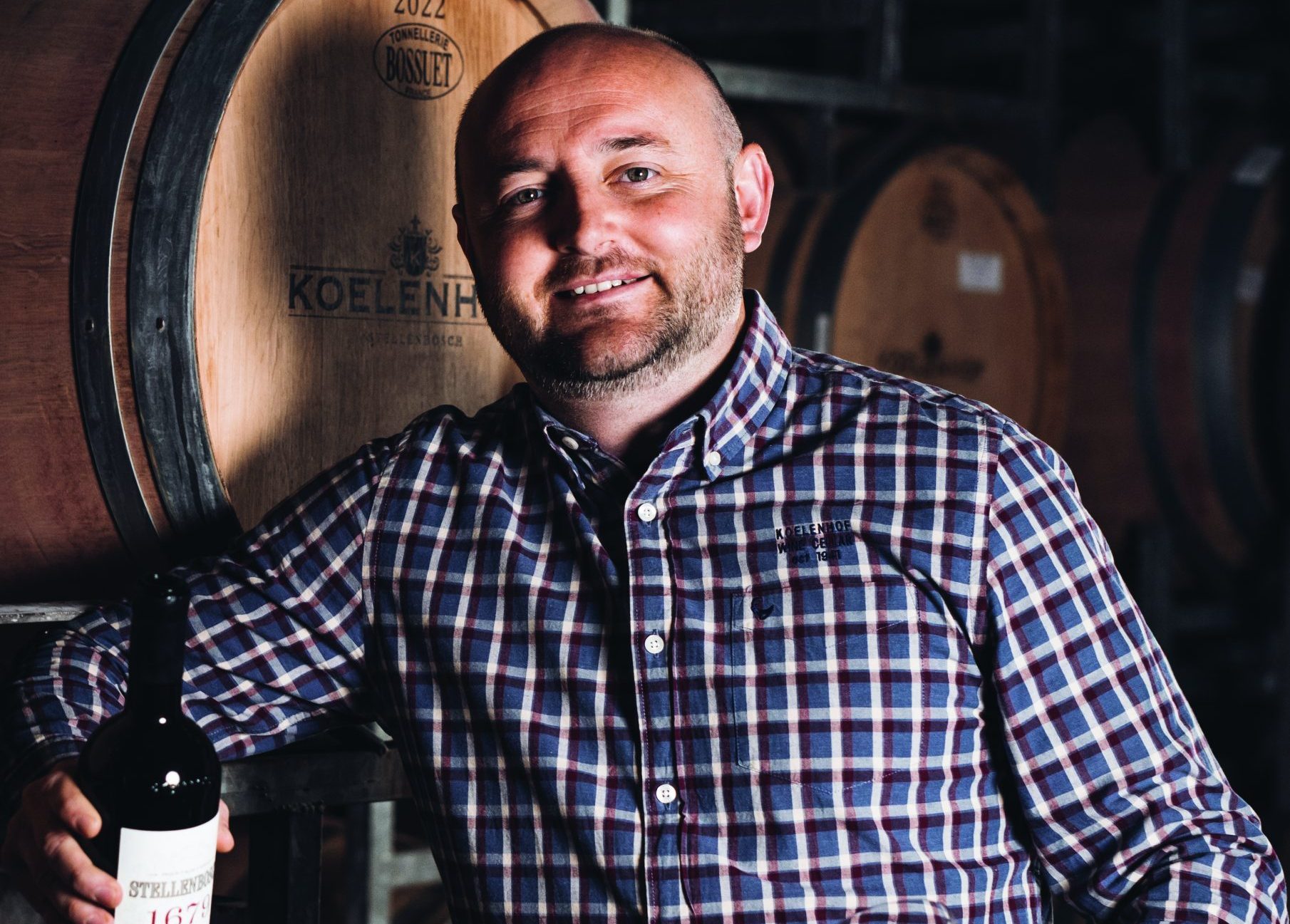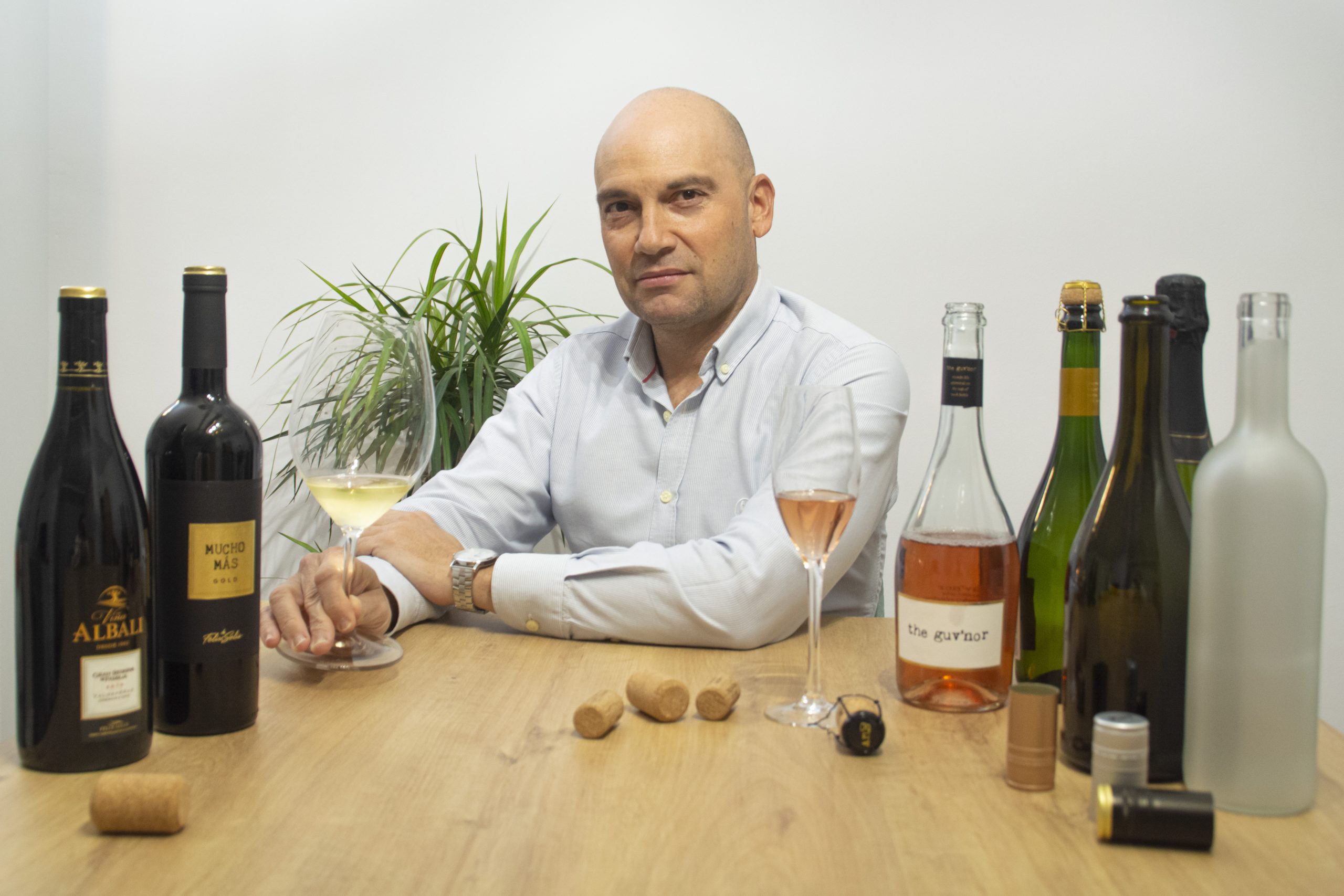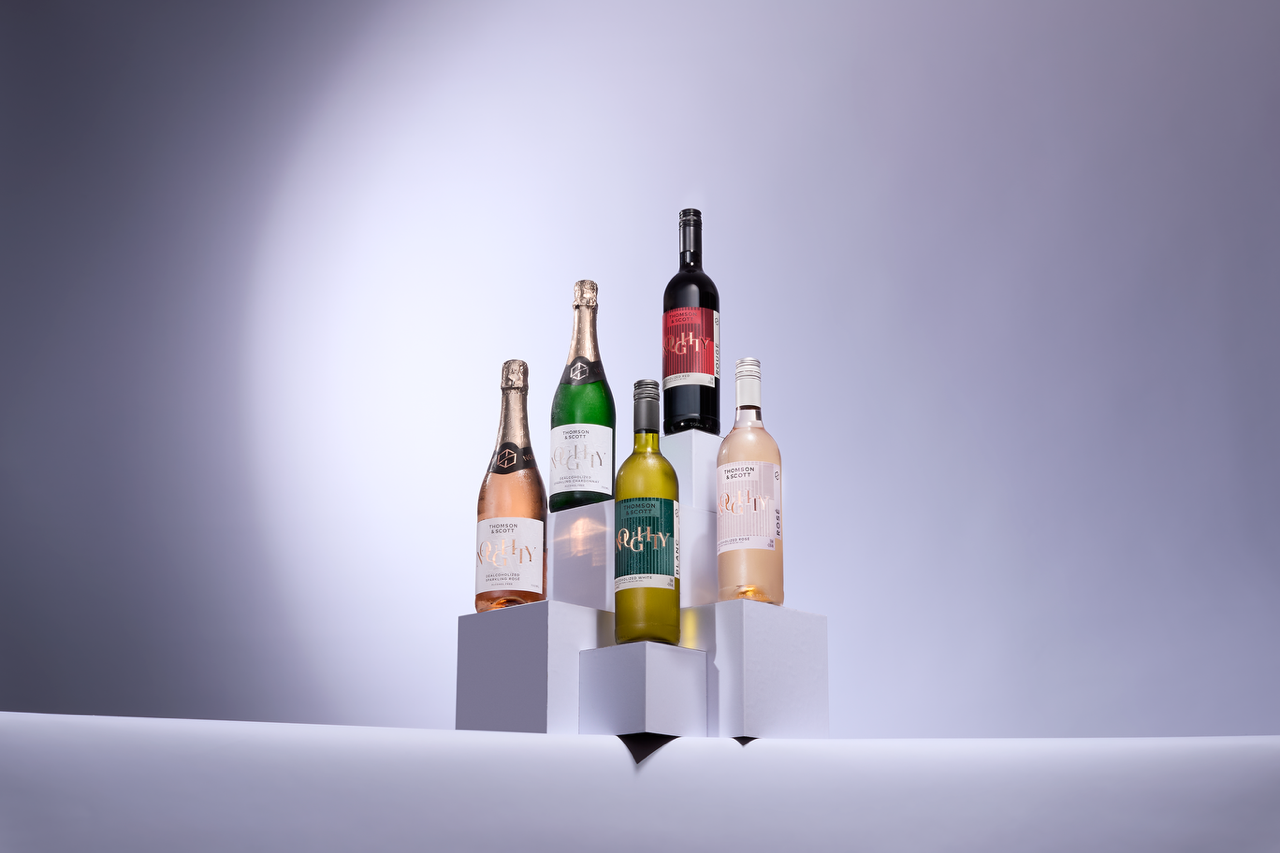This website uses cookies so that we can provide you with the best user experience possible. Cookie information is stored in your browser and performs functions such as recognising you when you return to our website and helping our team to understand which sections of the website you find most interesting and useful.
Champagne trends of 2013: 1. Favouring the fittest
By Patrick SchmittThe gap between the strong and the weak in Champagne is widening. Declining consumption in Western Europe and rising costs mean only the fittest will survive.
The bigger groups are getting bigger.
With just a handful of retail buyers controlling the majority of sales in France and the UK – Champagne’s two largest markets by a significant margin – passing on increased costs has become almost impossible for all but the most sought-after labels.
But for those houses with truly global distribution who can afford to walk away from the deals proposed by the grocers in Western Europe, the present and future appears positive.
According to Ghislain de Montgolfier, president of the Union des Maisons de Champagne (UMC) from 2007 until March this year, “Brands with good names and good distribution in new markets have had a very successful year – and for some, their best ever.”
Such a situation is also favouring the larger groups in Champagne, who, with global distribution networks and strong brands can retain the margins necessary for reinvestment in advertising and improving their market scope.
Hence, Stanislas Thiénot, managing director of Groupe Thiénot’s Champagne division observes, “In 2012, grape prices increased despite the awful economic context, and who can increase prices in 2013? Only the strongest brands.”
In fact, grape prices have now reached a new high, up from €5.48 in 2011 to €5.60 last year. “Now there has been an increase in grape prices despite the bad economic context the smaller players are dying, so the balance of power between the independent small houses and the big companies is changing,” he says, before stating, “The bigger groups are getting bigger.”
And there’s one further effect of this change which is also benefiting the strongest brands. Such is the competition for market share in Western Europe – where almost 80% of all Champagne is consumed – fewer growers are choosing to make and bottle wine themselves. As a result, more grapes are going to the houses, helping to supply their global growth.
Other Champagne trends reported by the drinks business include:





